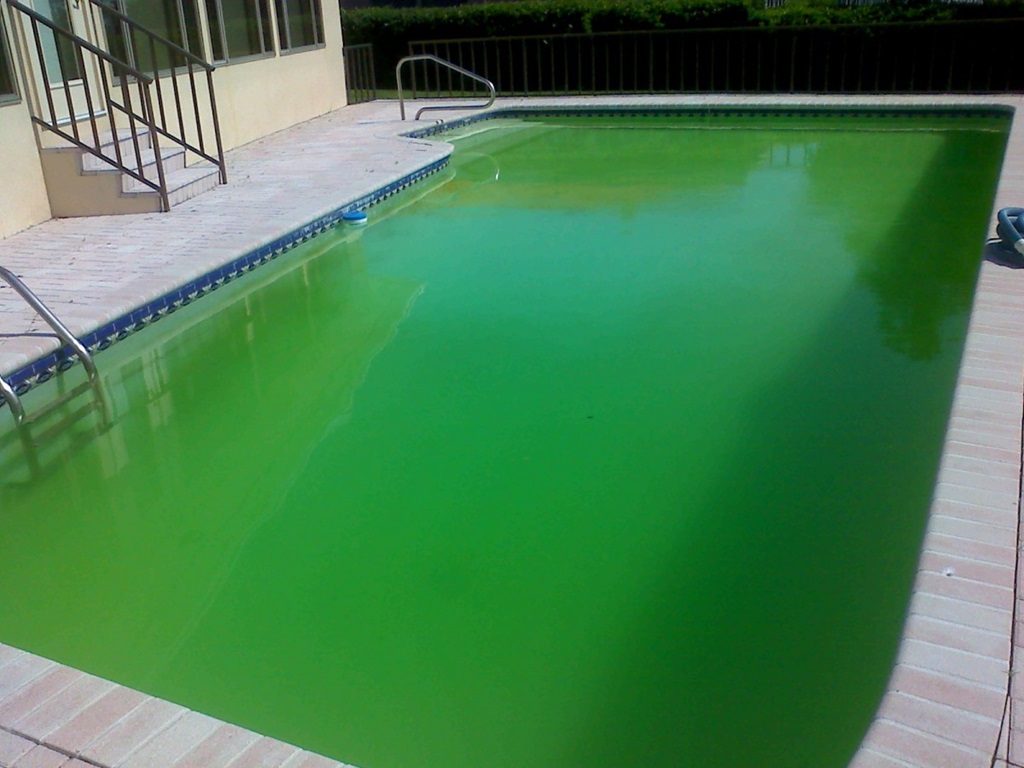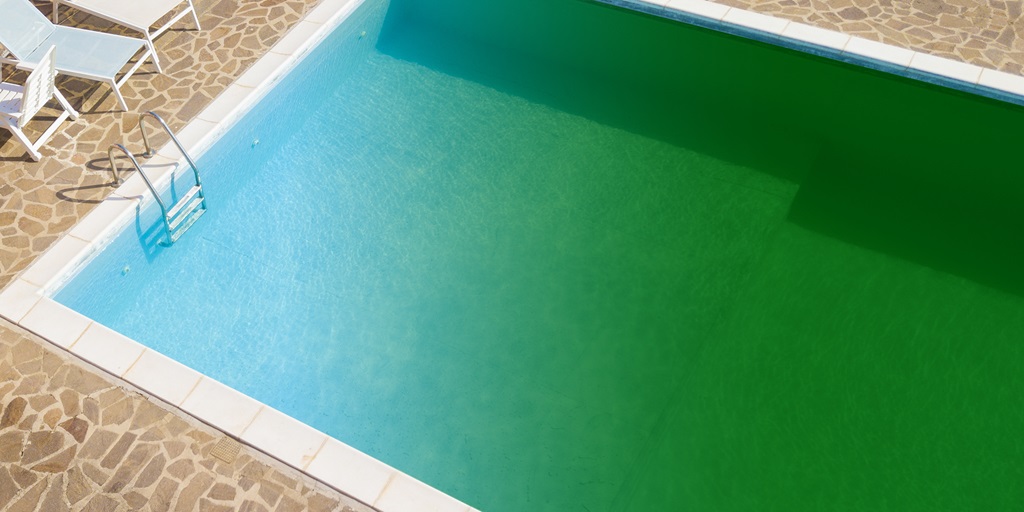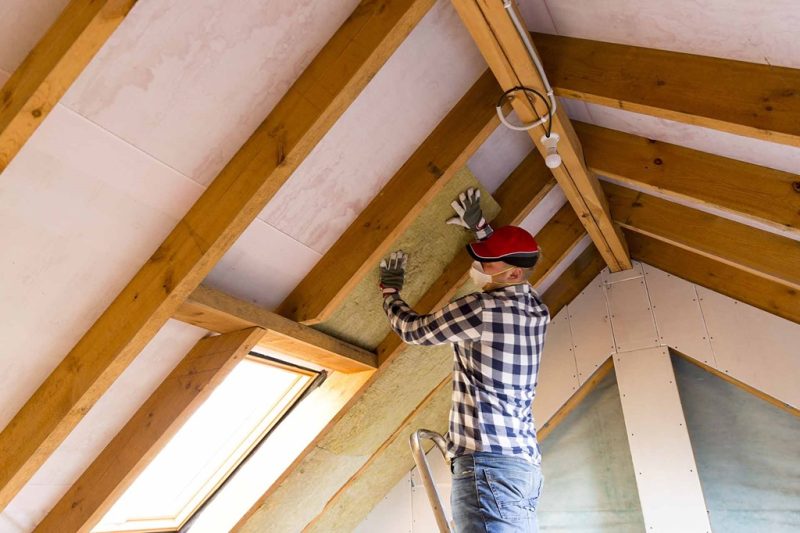Opening your pool after a long winter is an exciting time. You can’t wait to jump in and enjoy those first warm days of spring or summer. But before you grab your swimsuit and dive right in, there are a few important steps you need to take to make sure your pool is safe, clean and ready for swimming. One of the key decisions you’ll have to make is whether to add algaecide or shock first. Let’s look at the pros and cons of each option, so you can decide the best route for your pool opening.
Why Proper Pool Opening is Crucial
It’s tempting to want to skip right to the swimming part of pool opening day. But taking the time to properly open your pool is critical for several reasons:
- Prevents algae growth – Algae love warm, nutrient-rich standing water. Opening shock and algaecide deprive algae of the ideal environment.
- Reduces risk of bacteria – Shock treatments help eliminate bacteria that may have accumulated over the winter. This helps keep your pool sanitary.
- Improves water clarity – Proper opening chemicals clear up cloudy water by reacting with contaminants and allowing the filter to remove them.
- Saves time/money down the road – Taking a few extra hours upfront can prevent major algae blooms or water clarity issues that are a pain to deal with later.
The effort you put in now pays off all season long with a sparkling clean, algae-free pool you can enjoy right away.
Should You Add Algaecide or Shock First?

When opening your pool, you’ll need to add an algaecide and shock treatment. But which should go in first? Here are the pros and cons of each approach:
Adding Algaecide First
Pros:
- Provides an immediate algae preventative as soon as water is uncovered.
- Residual effects continue working to prohibit algae growth as pool reaches proper shock level.
- Suits pools that may take several days to reach and maintain proper shock level.
Cons:
- Doesn’t address contaminants and bacteria built up over winter.
- May take longer for water to clear up since shock isn’t added first.
- Requires testing water frequently to know when proper shock levels are achieved.
Adding Shock First
Pros:
- Oxidizes organic compounds and kills bacteria for a quick, sanitizing effect.
- Removes contaminants that make water cloudy so it clears up fast.
- Provides instant water sanitation, since algaecide can take time to build up in water.
Cons:
- Doesn’t provide immediate algae prevention before reaching proper level.
- Water could be vulnerable to fast-growing algae for 1-3 days until fully shocked.
- Requires re-balancing chemicals after significant shock addition.
As you can see, both options have their merits. In general, shocking first provides faster sanitation and clarity, while algaecide first focuses on preventing algae growth.
The Ideal Process for Opening Your Pool
For most pools, the best practice is to use a combination approach:
- Partially uncover the pool. Remove the winter cover but leave tiles/waterline covered for 24 hours. This prevents direct sunlight from promoting algae growth.
- Test water chemistry. Check pH, alkalinity, calcium hardness and metals. Getting these balanced prevents issues later.
- Add concentrated shock. Burn-out shock oxidizes contaminants for clean, sanitized water. Let circulate for 24 hours.
- Fully remove pool cover. Uncover tiles and entire water surface once initial shock has circulated.
- Add algaecide. With prevention now in place, remove winter growths and debris from pool.
- Run filter continuously. Allow all chemicals to properly circulate and work optimally.
- Confirm safe chemistry. Retest levels after 2-3 days. Add additional shock or pH adjustment as needed.
- Check water clarity. Make sure water is crystal clear before jumping in!
This process ensures your pool water is sanitized, balanced and algae-free right from the start. Maintain proper chlorine levels and enjoy your pool all season long!
In Summary

The keys to proper pool opening are:
- Starting with shock to immediately sanitize and clarify water
- Adding algaecide shortly after for ongoing prevention
- Allowing adequate circulation time for chemicals to fully treat water
- Testing and balancing water chemistry for a healthy start
- Removing all debris and growths from pool surfaces
- Confirming safe chlorine levels and clarity before swimming
Follow this complete opening process to clear up winter gunk and start your pool season with clean, sparkling water. Stay on top of regular shocks and algaecide additions to keep your pool algae-free all summer long!
FAQs
Still have questions about getting your pool properly opened? Here are answers to 5 common questions:
-
How much shock should be used when opening a pool?
For a standard 20,000 gallon pool, use 3-5 bags of 73% cal hypo shock or equivalent. This achieves a shock level of 5-10 ppm to oxidize contaminants.
-
What type of algaecide is best for pool opening?
A broad spectrum algaecide with both prevention and treatment is recommended. Look for one that controls green, black, mustard and blue-green algae.
-
Can shock and algaecide be added on the same day?
It’s best to add concentrated shock first and let it circulate for 24 hours before adding the algaecide. This prevents chemical interactions that reduce effectiveness.
-
How long should you run the filter after opening shock?
Run your filtration system continuously for at least 72 hours after adding opening shock to allow it to properly circulate and sanitize the water.
-
Is it safe to swim after adding opening chemicals?
Wait until chlorine levels stabilize below 5 ppm and the water has good clarity before swimming. This ensures it’s fully sanitized and chemicals are evenly dispersed.




